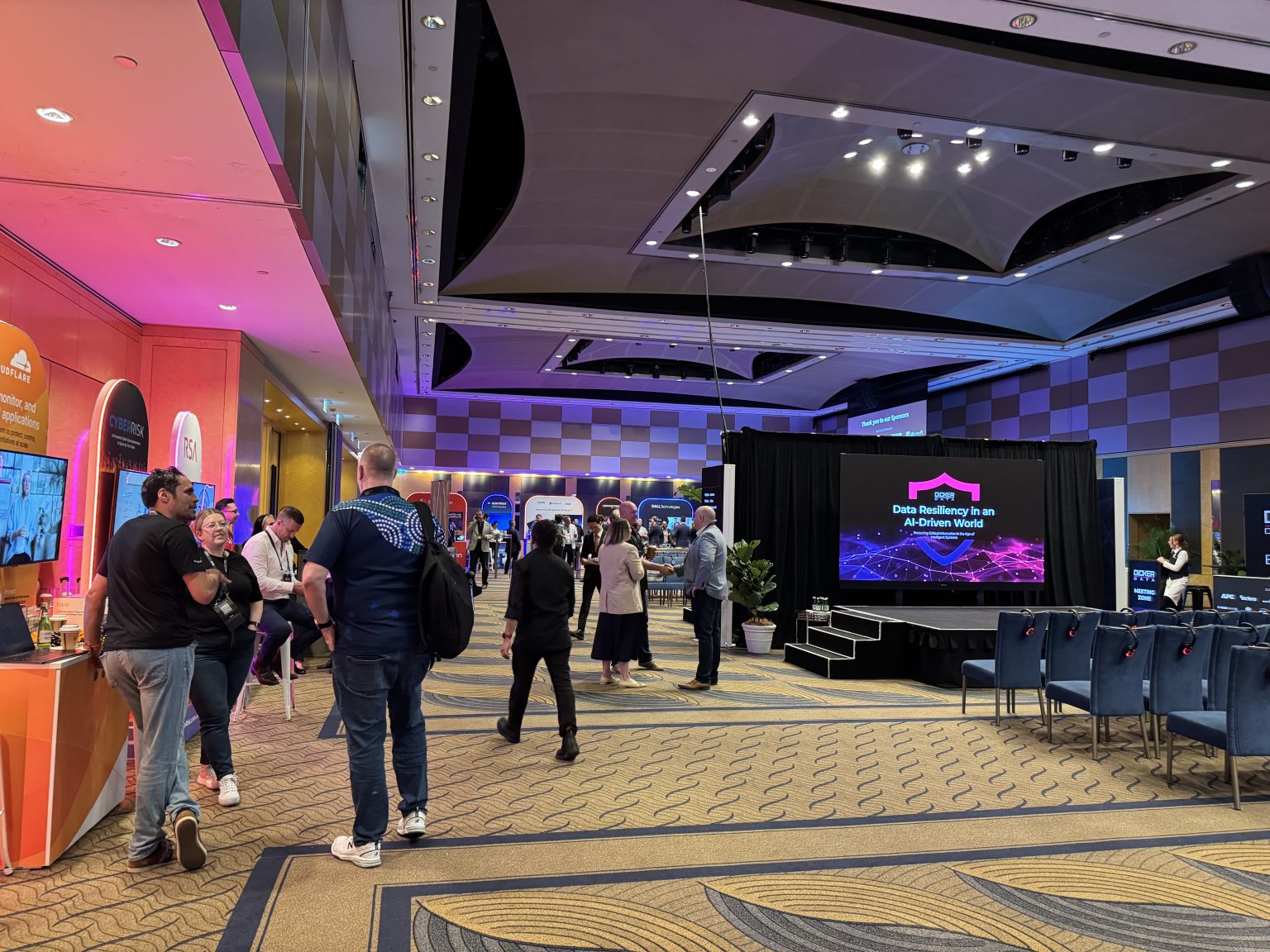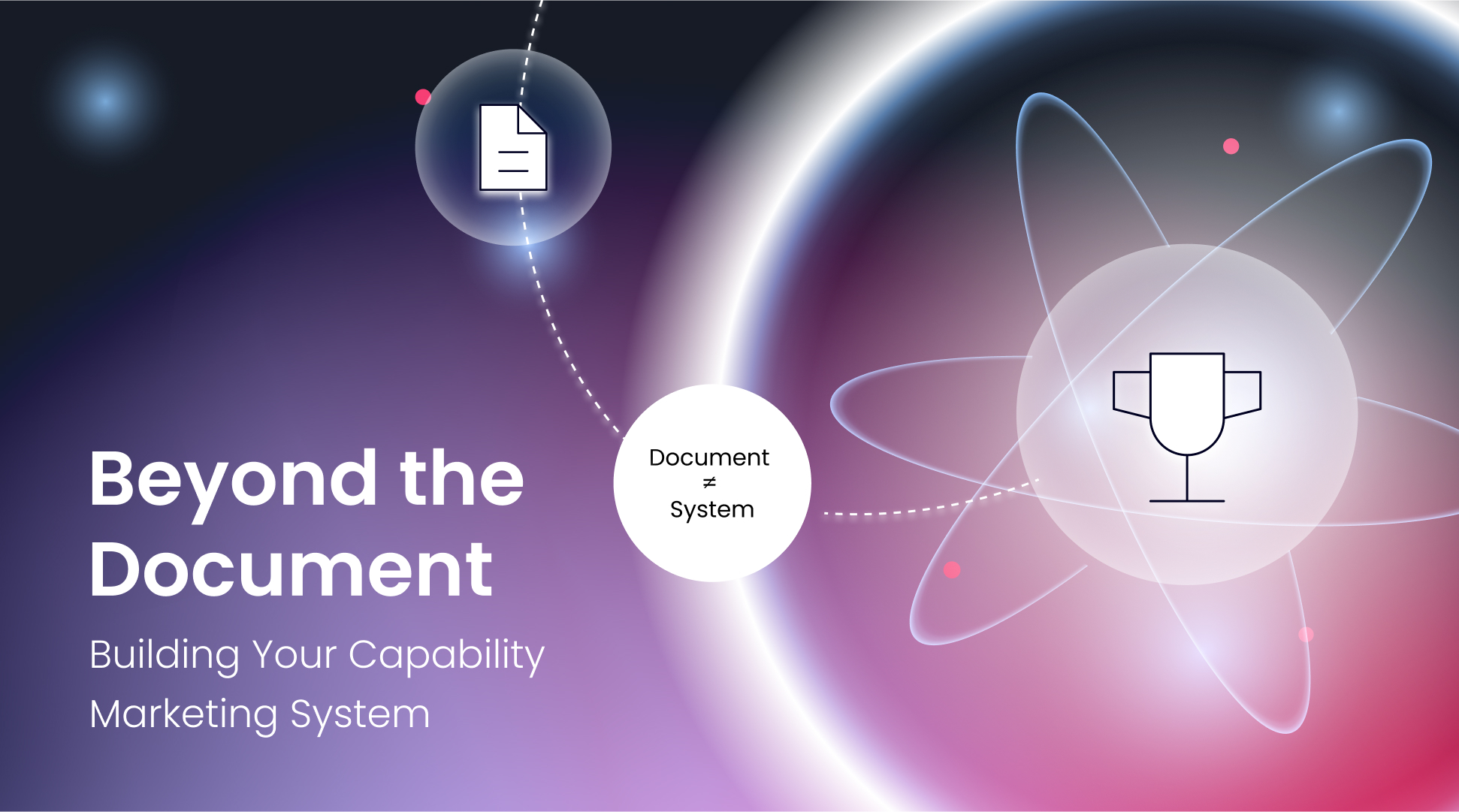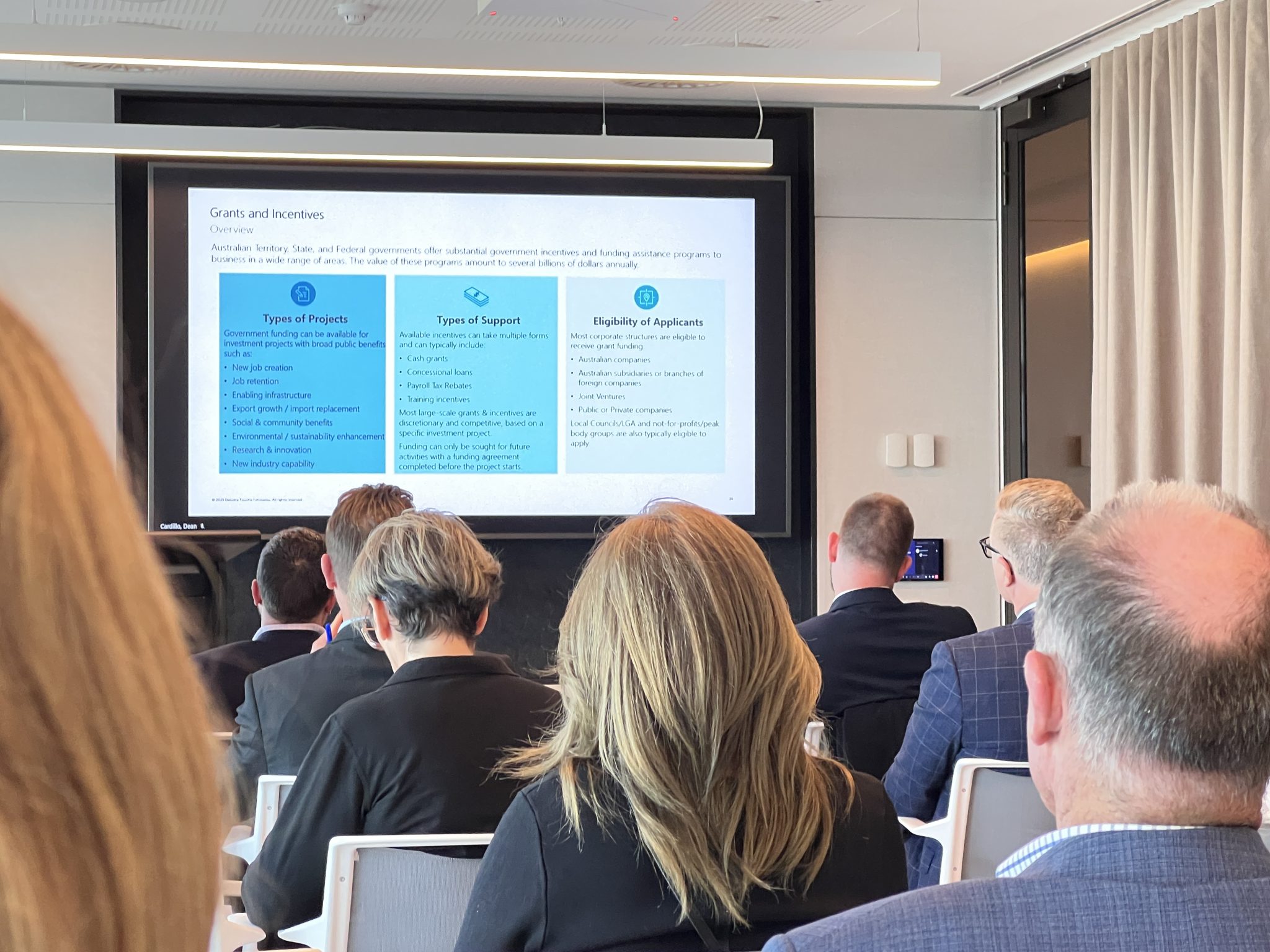When cybersecurity experts warned that “everyone has a plan until they get punched in the face,” they weren’t just quoting Mike Tyson—they were delivering a wake-up call that resonates deeply with our experience working alongside Australian businesses navigating digital transformation.
Today’s Dicker Data’s industry summit reinforced what we’ve been seeing firsthand at Spark Interact: the gap between cybersecurity expectations and reality is wider than most business leaders realise, and it’s creating both significant risks and unprecedented opportunities for companies ready to take action.

The Numbers That Should Keep CEOs Awake
The research presented today painted a sobering picture. While 81% of Australian organisations expect to recover from a cyber incident within five days, reality tells a different story. Over half of organisations experiencing attacks take more than a week to recover, with average recovery times stretching to four weeks.
The most revealing insight? Those who haven’t experienced a breach rate their expected performance twice as optimistically as those who’ve actually lived through an attack. It’s a stark reminder that preparation often looks different on paper than it does when your systems are down and your customers are calling.
Working with clients across various industries, we’ve witnessed this disconnect firsthand. The companies that recover fastest are those who’ve moved beyond theoretical planning to practical, tested resilience strategies—and they’re the ones positioning themselves as market leaders while competitors struggle to catch up.
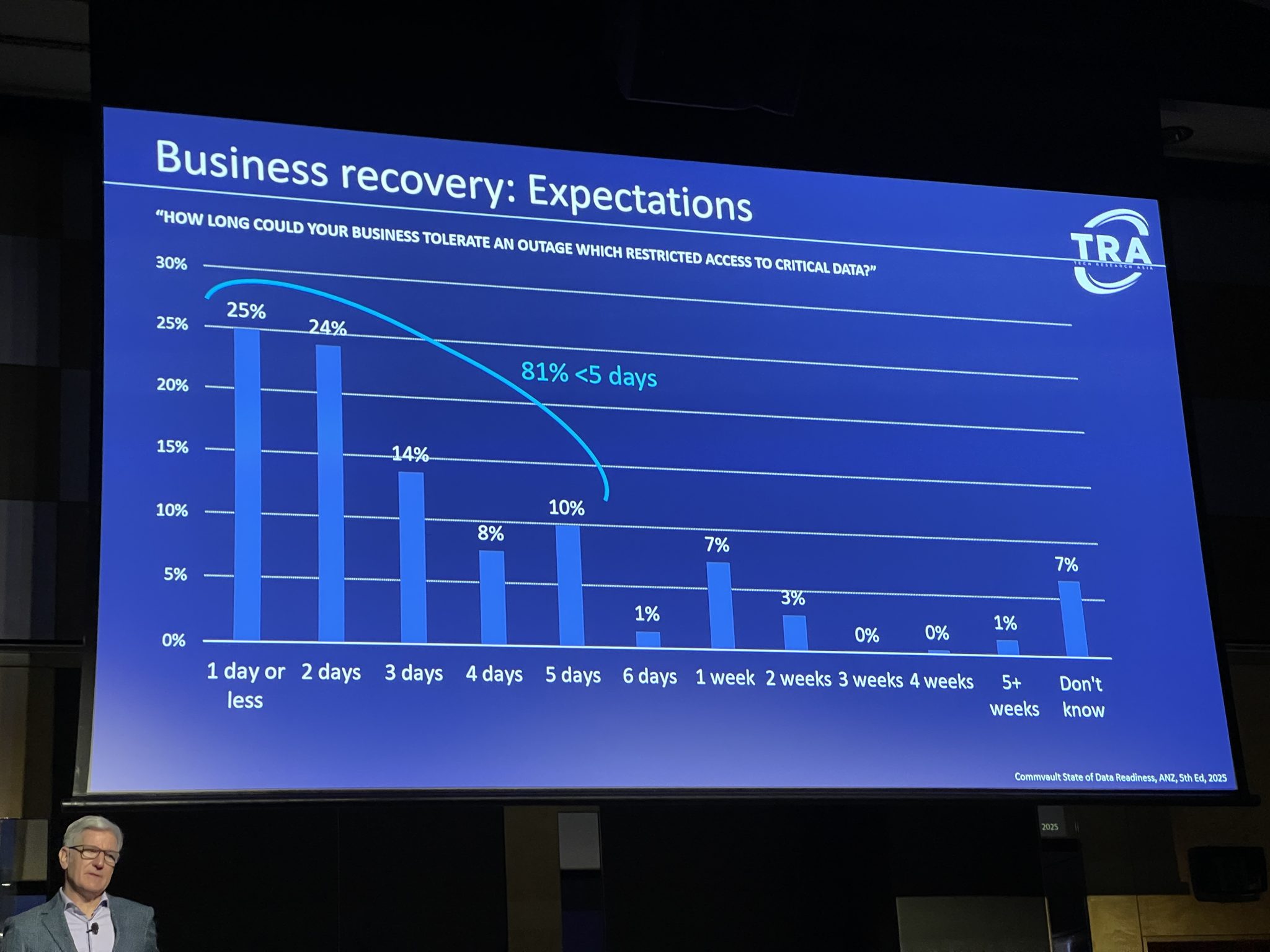
Where Australian Businesses Stand Today
The current state reveals significant opportunity for growth. Only 27% of organisations have implemented Essential Eight protocols, and just 26% have engaged managed security services. For a marketing agency that works with businesses across the SME spectrum, these statistics align with what we’re seeing in the marketplace.
Many of our clients are grappling with similar challenges: they understand the importance of cybersecurity, but they’re unsure where to start or how to communicate these initiatives effectively to their stakeholders. This uncertainty is creating space for businesses that can demonstrate clear, practical approaches to cyber resilience.
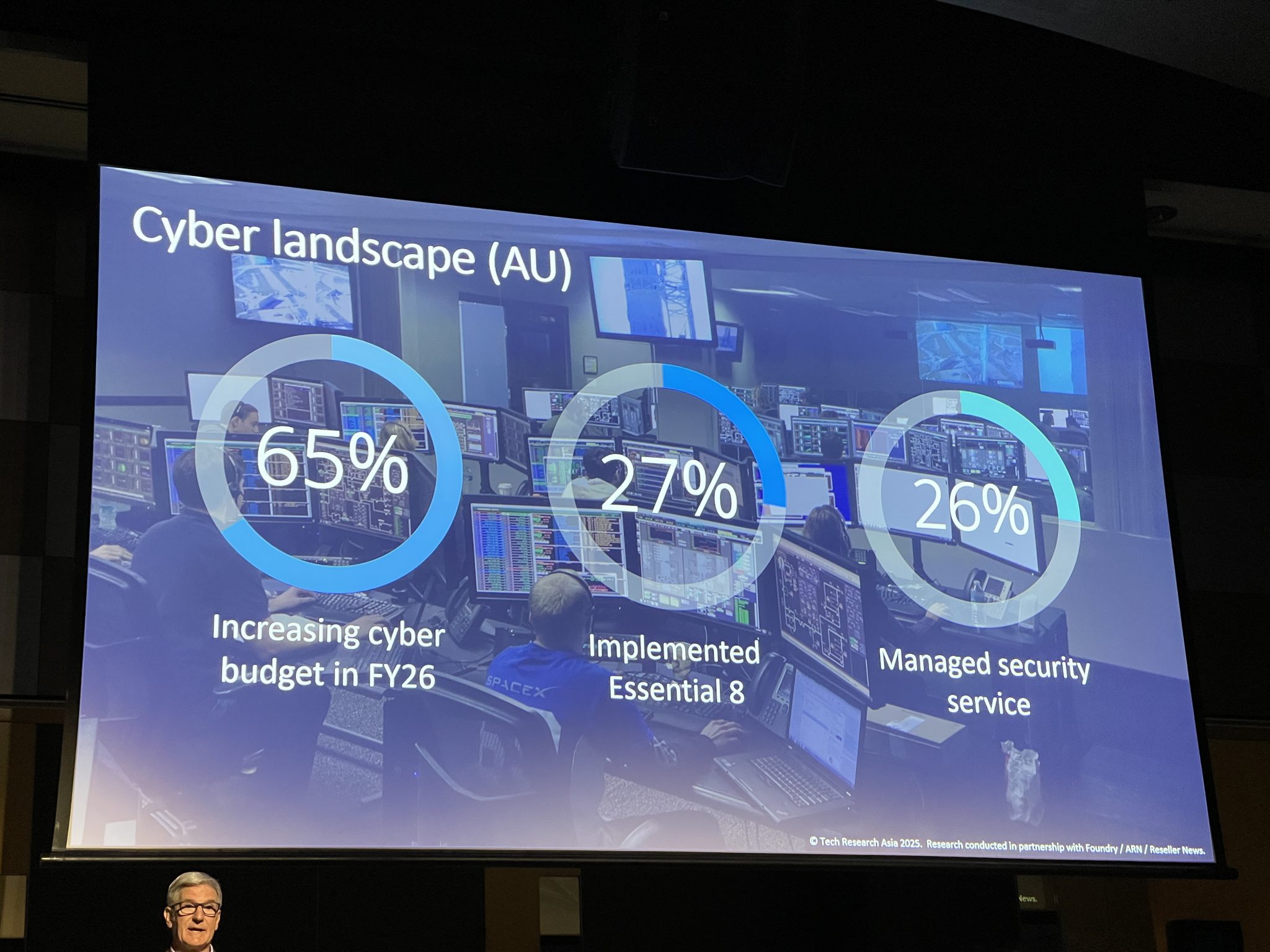
The AI Paradox Creating Market Differentiation
Perhaps the most intriguing finding was around artificial intelligence adoption. While 73% of Australian organisations use some form of AI solution, 71% believe this increases their cybersecurity risk. This presents a fascinating market dynamic.
Companies that can navigate AI implementation securely aren’t just protecting themselves—they’re positioning themselves as sophisticated, forward-thinking organisations that their customers can trust with sensitive data and complex projects. It’s becoming a competitive differentiator that we’re helping clients articulate in their market positioning.
The summit’s insight about using well-governed AI to improve data governance practices flips the traditional risk narrative on its head. Rather than seeing AI governance as a barrier, progressive businesses are using it as an opportunity to demonstrate their operational maturity.
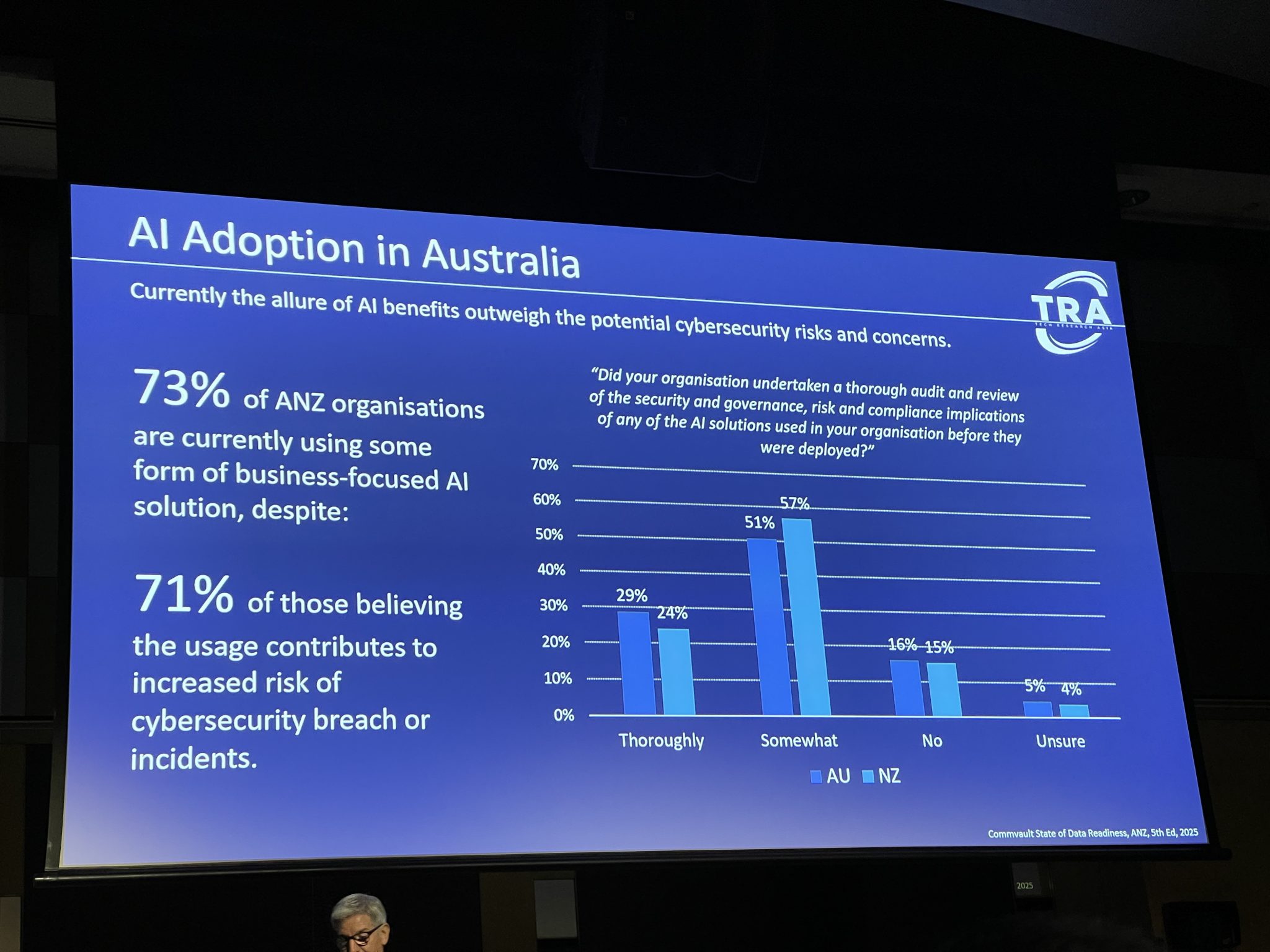
Legacy Systems: The Hidden Brand Risk
The presentation on legacy system vulnerabilities was particularly compelling. One case study showed a common IT product accumulating over 1,600 vulnerabilities in five years post-support, with nearly 30% classified as severe.
From a brand perspective, this represents more than technical risk—it’s reputational risk waiting to happen. With Windows 10 support ending imminently, businesses running outdated systems are essentially broadcasting to the market that they’re behind the curve on critical infrastructure decisions.
We’re advising clients that cybersecurity readiness has become a brand asset. Companies that can confidently discuss their security posture in proposals, on their websites, and in client communications are differentiating themselves in competitive situations.
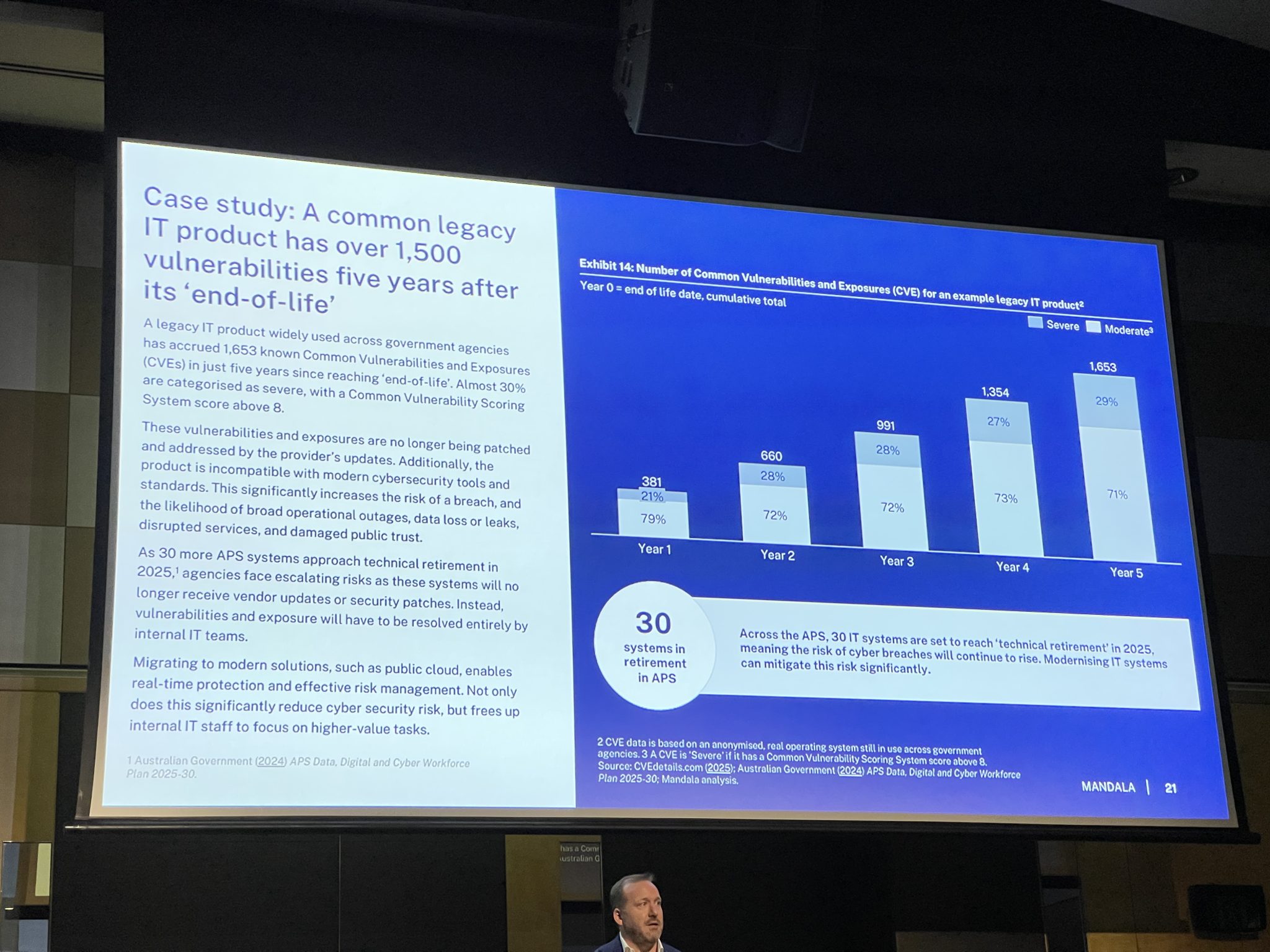
What This Means for Market Positioning
The shift from prevention-focused to recovery-focused thinking represents a fundamental change in how businesses should position themselves. The companies succeeding aren’t claiming to be unhackable—they’re demonstrating they’re unbreakable.
This positioning shift creates opportunities for businesses to:
- Lead industry conversations about practical resilience rather than theoretical security
- Differentiate in competitive situations by demonstrating mature risk management
- Build customer confidence through transparent, tested incident response capabilities
- Attract top talent who want to work for forward-thinking, well-prepared organisations
The Strategic Communication Opportunity
With 62% of organisations increasing their cybersecurity budgets, there’s substantial investment flowing into this space. However, much of this investment focuses on technical solutions rather than strategic communication about resilience capabilities.
The businesses that will thrive are those that can effectively communicate their cyber maturity to stakeholders—customers, partners, investors, and employees. It’s not enough to have good security; you need to be able to articulate why your approach makes you a safer choice in an uncertain digital landscape.
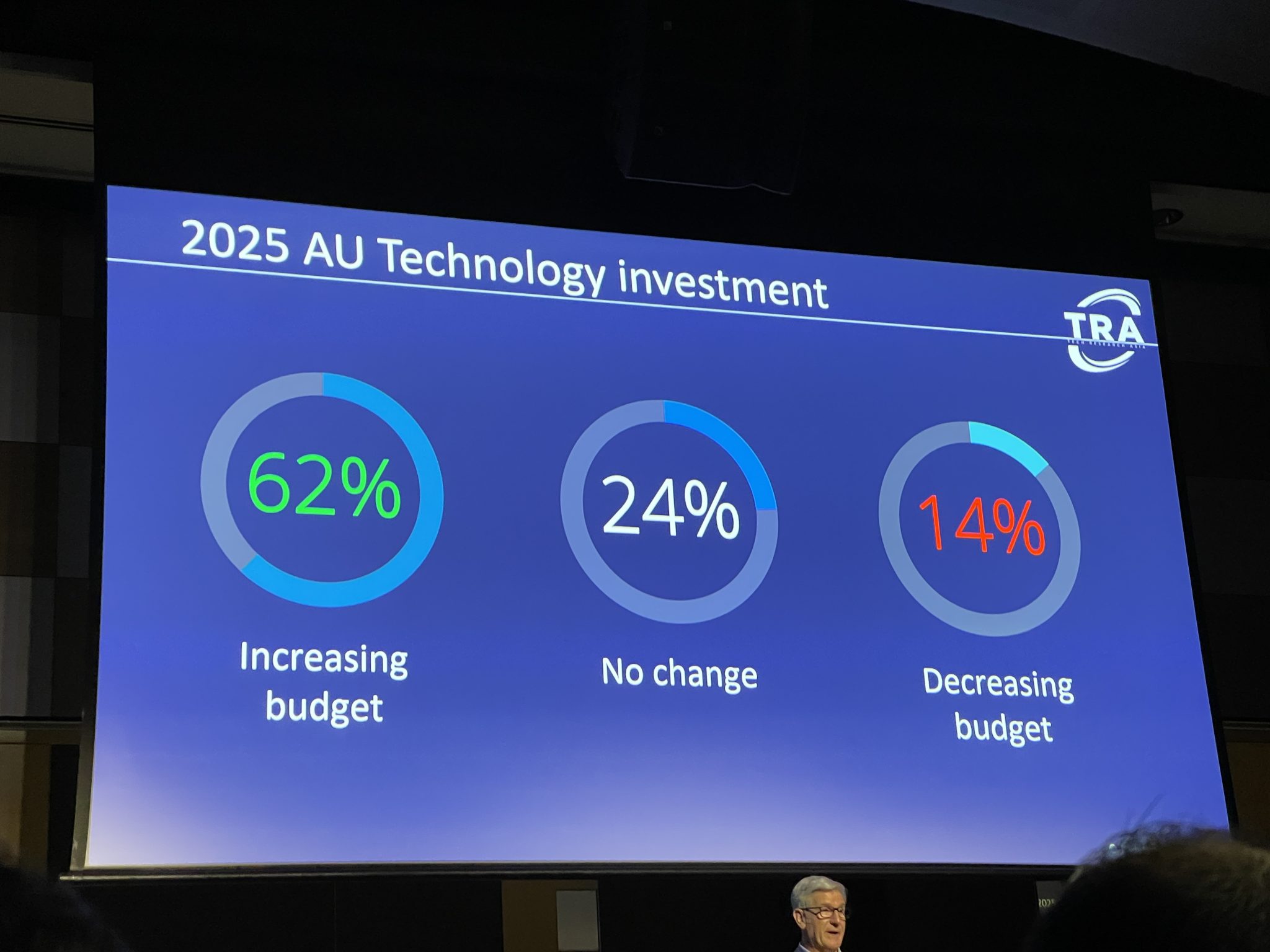
Our Takeaway
Today’s summit reinforced that cybersecurity resilience isn’t just an IT issue—it’s a business positioning issue. The organisations that recognise this connection and invest in both technical capabilities and strategic communication around those capabilities are the ones positioning themselves for long-term success.
At Spark Interact, we’re seeing increased demand from clients who want to communicate their cyber readiness as a market advantage. They understand that in an environment where 55% of organisations take more than a week to recover from incidents, demonstrating preparedness becomes a powerful differentiator.
The question for business leaders isn’t just whether they’ll be ready when a cyber incident happens—it’s whether they can effectively communicate their readiness to the market before it happens.
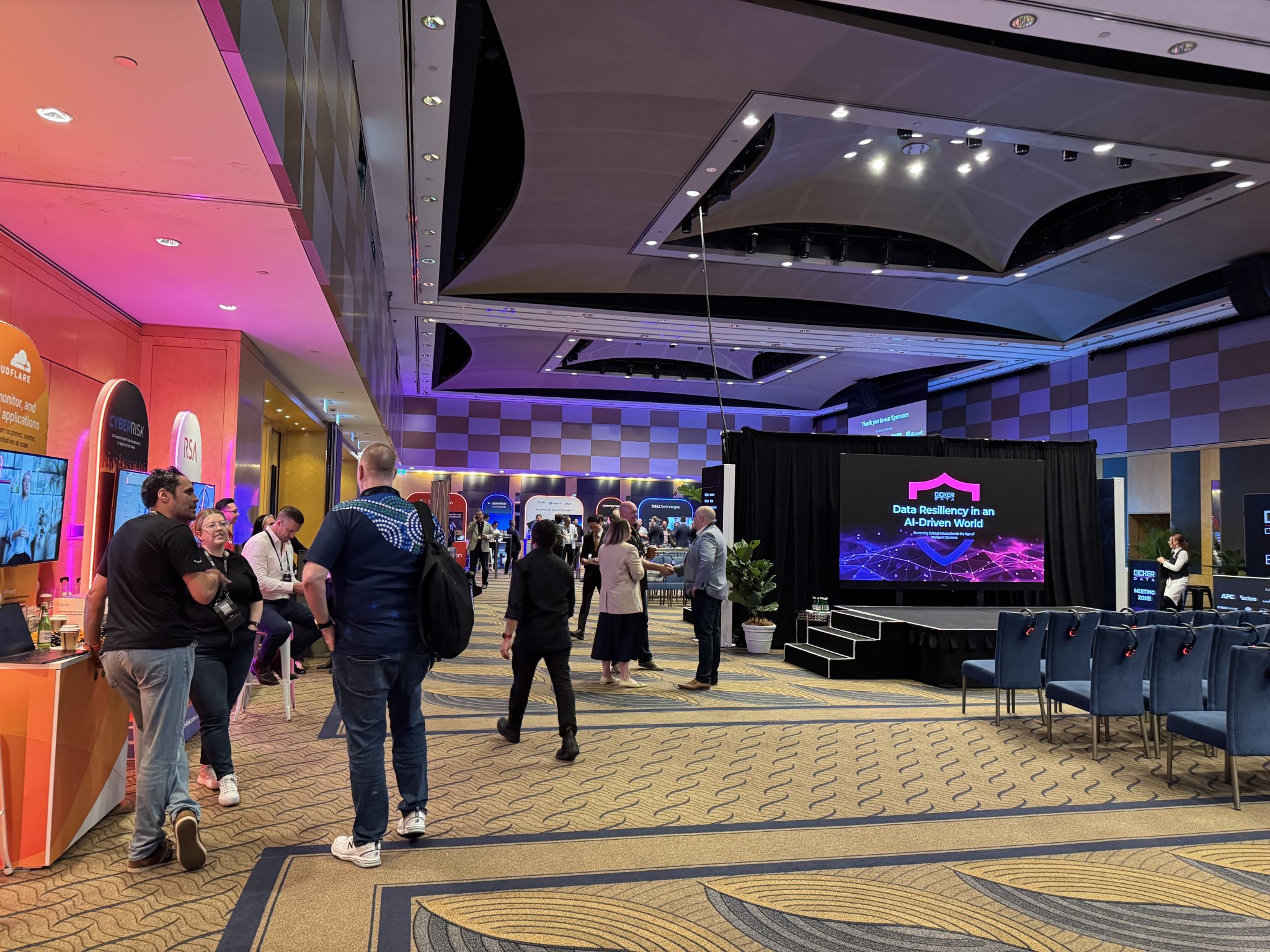
Moving Forward
The cybersecurity landscape presents both challenge and opportunity. The businesses that will emerge stronger are those that treat cyber resilience as both a operational necessity and a strategic asset.
For companies ready to take this approach, the market opportunity is substantial. With widespread gaps in cyber maturity across Australian businesses, those that can demonstrate leadership in this space aren’t just protecting themselves—they’re positioning themselves as the stable, reliable partners their customers are seeking.
As the digital landscape continues evolving, the businesses that thrive will be those that can balance technical capability with strategic communication, demonstrating to their market that they’re not just prepared for cyber challenges—they’re ready to help their customers navigate them too.

